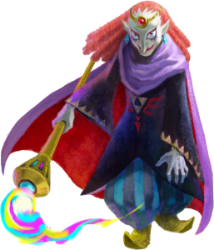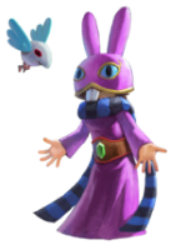Brothers: A Tale of Two Sons was developed by Starbreeze Studios and published by 505 Games. Released as an Xbox Live Arcade title in August of 2013 and later on the PC, and PlayStation Network in September of 2013. Brothers will have you engaged in the determination of how far two sons are willing to go to save someone they love. When their father falls deathly ill his sons are tasked with retrieving healing water to save him.
The music is composed by Gustaf Grefberg. Each track complements the game play very well as well as conveys the feelings of each the brothers for each other and what is happening around them. The graphics are amazing using the Unreal Engine 3 shows off water effects, dynamic lighting, and breath taking scenery.
Along the way you meet some interesting characters that will need your help and in return will also help you to your own goal. Each brother has their own strengths and weaknesses to solve each obstacle they face together. The older brother is stronger is used for pulling heavy levers and lifting the younger brother to higher places. The younger brother being the smaller of the two is able to fit in between metal bars.
It may seen that Brothers is a cooperative game for two players, but it is not; it was designed to be played with only one controller. The right analog stick and trigger are used to controller the younger and the same is true for the right and the older brother. It does take some time getting used to controlling both brothers at the same time.
Brothers: A Tale of Two Sons is not a very long game, but its unique game play and engaging story will have you glued to the seat until the end credits. This a must buy just to experience the great game. Available on Xbox Live, PC with keyboard and controller, and PlayStation Network.
Source: Brothers Starbreeze Studios Steam



